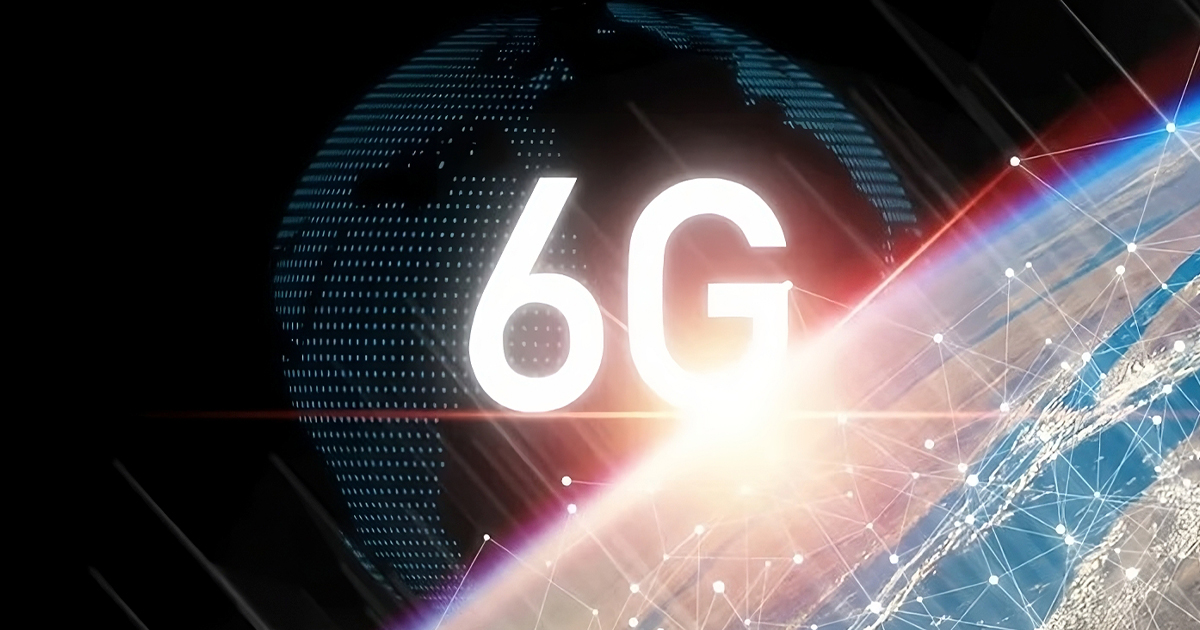As the world grows increasingly connected, the demand for faster, more reliable, and efficient wireless communication is at an all-time high. This demand has propelled the evolution of 5G technology, promising a future where unprecedented levels of connectivity, data transfer speeds, and transformative applications become a reality. In this article, we delve into the future of 5G, exploring the anticipated developments and trends that will shape the landscape of this revolutionary technology. We will explore advancements such as network slicing, ultra-reliable low-latency communication (URLLC), vehicle-to-everything (V2X) communication, and even the nascent beginnings of 6G networks.
- Network Slicing: Catering to Diverse Needs: One of the significant advancements in 5G technology is network slicing. It allows the division of a single physical network infrastructure into multiple virtual networks, each customized to meet specific requirements. This capability ensures that diverse industries and use cases can coexist on the same infrastructure while providing tailored service levels. Network slicing enables the allocation of resources based on specific needs, whether it be enhanced mobile broadband (eMBB) for high-speed data, massive machine-type communication (mMTC) for the Internet of Things (IoT), or URLLC for mission-critical applications. The implementation of network slicing empowers industries like healthcare, manufacturing, transportation, and entertainment to leverage 5G’s capabilities efficiently, unleashing a wave of innovative solutions and driving digital transformation across sectors.
- Ultra-Reliable Low-Latency Communication (URLLC): The Power of Instantaneous Connectivity: URLLC is a fundamental aspect of 5G, enabling applications that require ultra-low latency and high reliability. This paradigm shift in connectivity offers immense potential for mission-critical use cases, such as autonomous vehicles, remote surgery, and industrial automation. URLLC reduces latency to sub-millisecond levels, ensuring that critical commands and responses occur in near real-time. This technology relies on advancements in edge computing and network optimization to deliver reliable and instantaneous connectivity. URLLC’s ability to provide a seamless and reliable communication infrastructure will revolutionize various sectors, enabling groundbreaking innovations and improving safety, efficiency, and productivity across industries.
- Vehicle-to-Everything (V2X) Communication: Paving the Way for Smart Transportation: In the realm of smart transportation, V2X communication plays a pivotal role. This technology enables vehicles to communicate with each other, infrastructure, pedestrians, and other road users. By leveraging the low-latency and high-bandwidth capabilities of 5G, V2X enables improved traffic management, enhanced road safety, and the realization of autonomous driving. V2X communication facilitates real-time exchange of information, allowing vehicles to receive alerts about potential hazards, optimize traffic flow, and coordinate actions with infrastructure systems. By harnessing the power of 5G, V2X paves the way for a future where transportation becomes safer, more efficient, and sustainable.
- Evolution towards 6G Networks: A Glimpse into the Next Frontier: Even as 5G continues to unfold its vast potential, researchers and industry experts have already begun envisioning the next generation of wireless technology – 6G. Although still in its nascent stage, 6G is expected to offer even faster data transfer speeds, ultra-low latency, and massive connectivity. Anticipated advancements include terahertz frequencies, integrated satellite communications, holographic imaging, and enhanced AI capabilities. 6G networks aim to extend the frontiers of technology, pushing the boundaries of what is currently imaginable. While it will take several years for 6G to become a reality, its potential to revolutionize industries, drive technological innovation, and reshape the digital landscape is truly exhilarating.
Summary
The future of 5G holds immense promise, as advancements such as network slicing, URLLC, V2X communication, and the evolution towards 6G networks take center stage. These developments are poised to redefine industries, revolutionize connectivity, and enable transformative applications that will reshape our world. As we embrace the future, it is crucial to continue research, collaboration, and investment in the relentless pursuit of innovation, ensuring that the immense potential of 5G technology is fully realized for the betterment of society as a whole.
